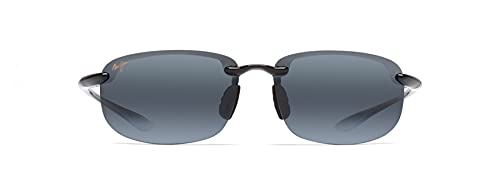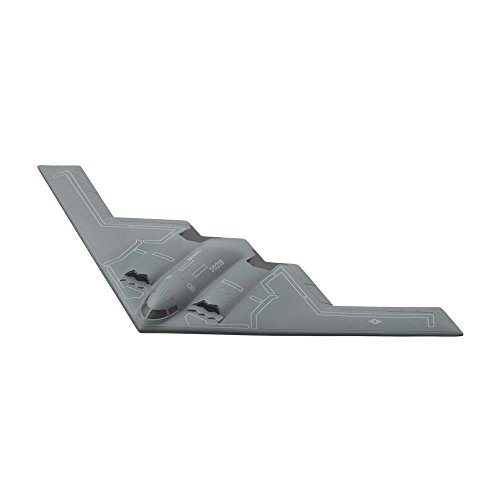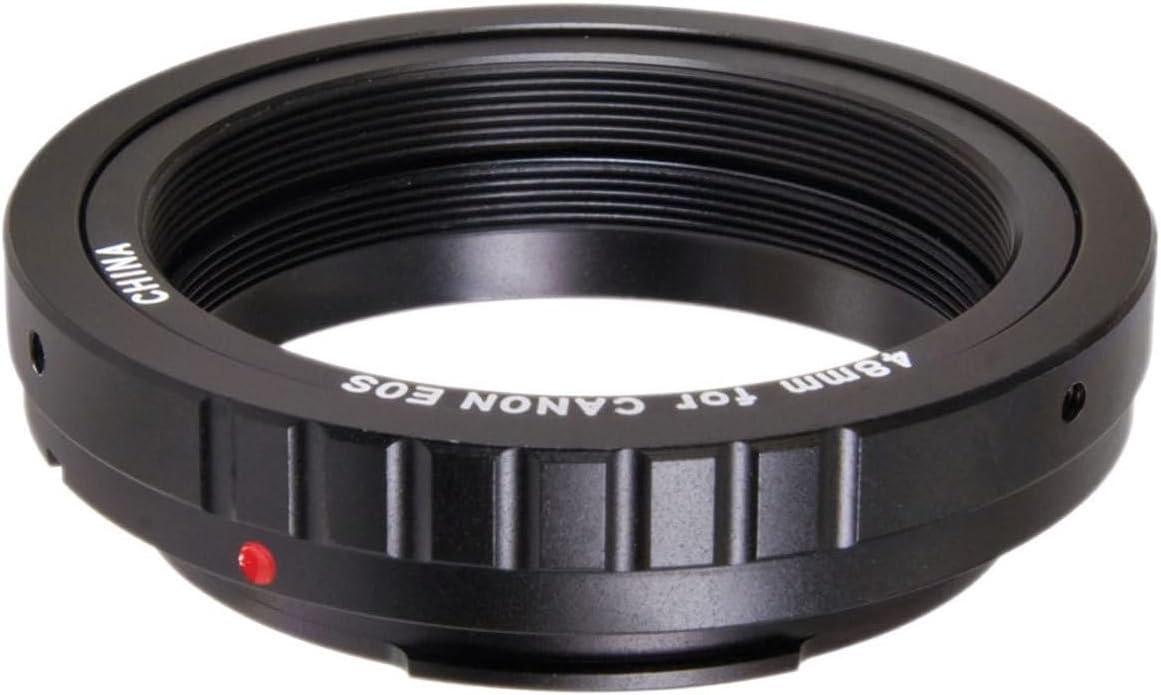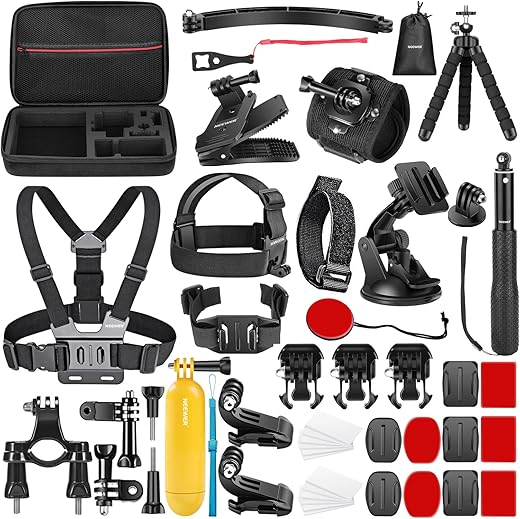
Are cheap sunglasses as effective as expensive ones in terms of UV protection?
We’ve all been there – standing in a store, faced with a wide range of sunglasses options, and wondering if splurging on an expensive pair is really worth it. After all, it is common knowledge that we should protect our eyes from damaging UV rays, but are cheap sunglasses just as effective in providing the necessary protection? In this blog post, we delve into the world of sunglasses to answer this burning question. So, whether you’re a budget-conscious shopper or someone looking for the best protection, let’s explore the truth behind the effectiveness of cheap sunglasses versus their pricey counterparts.
Shop the top-selling UV protection sunglasses






Understanding UV Protection
When it comes to protecting our eyes from the sun’s harmful rays, it’s crucial to understand the importance of UV protection. Ultraviolet (UV) rays are invisible to the naked eye and come from various sources, including the sun, tanning beds, and some artificial lighting. In this blog post, we will dive into the different types of UV rays, their harmful effects on our eyes, and why wearing sunglasses with proper UV protection is essential.



The Different Types of UV Rays
There are three types of UV rays:
- UVA (Long-wave Ultraviolet A)
- Makes up the majority of UV radiation reaching the Earth’s surface
- Can penetrate deep into the eye, potentially causing long-term damage
- UVB (Shortwave Ultraviolet B)
- Responsible for causing sunburn and increasing the risk of skin cancer
- Can also cause eye conditions like photokeratitis (sunburn of the cornea) and cataracts
- UVC (Shortwave Ultraviolet C)
- Most of UVC is absorbed by the Earth’s atmosphere and doesn’t reach the surface
- Artificial sources like germicidal lamps can emit UVC, potentially causing harm to eyes if exposed
The Harmful Effects of UV Rays on Eyes
Exposure to UV rays can have serious consequences for our eye health. Here are some of the harmful effects:
- Photokeratitis
- Sunburn on the cornea often referred to as “snow blindness” or “welder’s flash”
- Symptoms include eye pain, redness, tearing, and sensitivity to light
- Temporary condition but can be incredibly uncomfortable
- Cataracts
- Clouding of the eye’s lens, leading to blurry vision and potentially blindness
- Long-term exposure to UV rays is believed to increase the risk of developing cataracts
- UVB rays are particularly linked to cataract formation
- Macular Degeneration
- A leading cause of vision loss in older adults
- UV rays can contribute to the development or progression of age-related macular degeneration (AMD)
- AMD affects the part of the retina responsible for sharp, central vision
The Importance of Proper UV Protection
Now that we understand the dangers of UV radiation on our eyes, let’s explore why wearing sunglasses with proper UV protection is crucial:
- Eye Health Preservation
- Wearing sunglasses with UV protection helps prevent short-term and long-term eye damage
- Reduces the risk of photokeratitis, cataracts, and macular degeneration
- Skin Protection
- UV rays can also harm the delicate skin around the eyes, leading to premature aging, wrinkles, and skin cancer
- UV-protective sunglasses shield both the eyes and the surrounding skin
- Comfortable Vision
- Excessive exposure to bright sunlight can cause discomfort, squinting, and eye strain
- Sunglasses with adequate UV protection reduce glare, allowing for more relaxed and comfortable vision
- Versatile Protection
- UV protection is not limited to sunny days; harmful rays can still reach our eyes even on cloudy or hazy days
- Quality sunglasses with UV protection offer year-round defense against UV damage
In conclusion, understanding UV protection is critical for our eye health and overall well-being. Wearing sunglasses with proper UV protection is a simple yet effective way to combat the harmful effects of UV rays. Remember, it’s not just about style – choose sunglasses that provide adequate UV protection to shield your eyes from potential damage.
Differentiating Cheap and Expensive Sunglasses
When it comes to sunglasses, there is a wide range of prices available, from ridiculously cheap to extremely expensive. But what exactly sets apart cheap sunglasses from their expensive counterparts? In this blog post, we will explore the key differences between these two types of sunglasses, including the materials used, manufacturing processes, and brand reputation. By the end, you’ll have a clear understanding of why investing in a pair of high-quality sunglasses is a wise choice.



1. Materials Used
One of the most noticeable differences between cheap and expensive sunglasses lies in the materials used in their construction. Cheap sunglasses often utilize low-quality materials, while expensive sunglasses prioritize high-quality materials. Here’s a breakdown of the materials commonly found in each:
Cheap Sunglasses
- Frames: Cheap sunglasses typically use plastic frames, which can be flimsy and prone to breakage.
- Lenses: Low-cost sunglasses usually feature lenses made from acrylic or polycarbonate materials. While these lenses offer basic protection against UV rays, they may not provide the same level of clarity or durability as higher-end lenses.
Expensive Sunglasses
- Frames: Expensive sunglasses are often made from high-quality materials such as acetate or metal. These frames are built to last and are more resistant to wear and tear.
- Lenses: High-end sunglasses often feature lenses made from glass or premium-quality polycarbonate. These lenses provide superior optical clarity, better UV protection, and increased scratch resistance.
2. Manufacturing Processes
The manufacturing processes employed for cheap and expensive sunglasses also differ significantly. These processes play a crucial role in determining the overall quality and durability of the sunglasses. Here’s a comparison of how they are manufactured:
Cheap Sunglasses
- Mass Production: Cheap sunglasses are usually produced in large quantities using automated and cost-effective manufacturing techniques. This often results in inconsistencies in quality and fit.
- Limited Quality Control: Due to the focus on mass production, cheap sunglasses tend to have less stringent quality control measures and may have visible defects or imperfections.
Expensive Sunglasses
- Handcrafted Attention to Detail: Expensive sunglasses are often meticulously handcrafted with great attention to detail. Skilled artisans create each pair, ensuring that every component is of the highest quality.
- Strict Quality Control: High-end sunglasses undergo rigorous quality control procedures at every stage of production, minimizing the chances of defects and ensuring consistent quality.
3. Brand Reputation
Another factor that sets apart cheap and expensive sunglasses is the brand reputation. High-end sunglasses are often associated with well-established and reputable brands, while cheaper alternatives typically come from lesser-known manufacturers. Here’s what you can expect from each:
Cheap Sunglasses
- Unknown or Lesser-Known Brands: Cheap sunglasses are usually produced by brands that may not have a strong reputation or track record in the industry.
- Limited Warranty and Support: Inexpensive sunglasses tend to have shorter or no warranties, and customer support may be lacking.
Expensive Sunglasses
- Trusted and Renowned Brands: Expensive sunglasses are often associated with widely recognized and trusted brands that have built a reputation for producing high-quality eyewear.
- Extended Warranty and Support: High-end sunglasses usually come with extended warranties and exceptional customer support, reflecting the brand’s commitment to customer satisfaction.
In conclusion, the differences between cheap and expensive sunglasses can be clearly seen in the materials used, manufacturing processes, and brand reputation. While cheap sunglasses may seem tempting due to their lower price point, investing in a pair of high-quality sunglasses can offer superior protection, durability, and overall satisfaction. Choose wisely and enjoy optimal eye protection and style!
Testing UV Protection Levels
Protecting our eyes from the harmful effects of UV rays is crucial for maintaining good eye health. Sunglasses are a popular and stylish way to shield our eyes from these harmful rays, but how can we be sure that the sunglasses we choose truly offer the level of UV protection we need? In this blog section, we will explore various testing methods to determine the UV protection levels of sunglasses, giving you the knowledge you need to make an informed decision.



Why Testing UV Protection Levels is Important
When purchasing sunglasses, it’s essential to look beyond the stylish designs and consider the level of UV protection they provide. Prolonged exposure to UV radiation can lead to serious eye conditions such as cataracts, macular degeneration, and even cancer. Therefore, knowing the UV protection level is vital to ensure we are adequately safeguarding our eyes.
Industry Standards and Certifications
To assess the UV protection levels of sunglasses, manufacturers often seek industry standards and certifications. These standards and certifications indicate that the sunglasses have undergone rigorous testing to ensure their effectiveness in blocking harmful UV rays. Here are a few important ones to look for:
- American National Standards Institute (ANSI): This standard sets certain requirements for lens quality and UV protection. Sunglasses that meet ANSI standards have been deemed safe and effective.
- European Union (EU) Standards: Sunglasses carrying the CE mark comply with EU standards, ensuring the UV protection level reaches the required standards.
- Australian and New Zealand Standards (AS/NZS): This certification guarantees that sunglasses meet the necessary UV protection thresholds set by these countries.
- UV400 Protection: This label indicates that sunglasses block all UVA and UVB rays up to 400 nanometers, offering full protection against harmful radiation.
Testing Methods for UV Protection Levels
Different testing methods are employed to determine the UV protection levels of sunglasses. These methods analyze the sunglasses’ ability to block UV radiation and verify if they meet the required safety standards. Let’s take a closer look at some commonly used testing methods:
- Spectrophotometer Testing: This method measures the transmittance of UV rays through sunglasses. It calculates the percentage of blocked UV radiation and determines the UV protection level.
- Prism Testing: With the aid of a prism, this test evaluates the ability of sunglasses to block indirect UV rays from entering the eyes.
- Photokeratoscope Testing: This method measures the change in corneal curvature caused by UV rays. It is particularly useful in determining the effectiveness of sunglasses in blocking UVB radiation.
- Visible Light Transmission Testing: This test assesses the percentage of visible light transmitted through the lenses. Since UV rays can often be invisible, it is crucial to ensure that the sunglasses block both UV and excessive visible light.
Key Considerations when Testing UV Protection Levels
When assessing the UV protection levels of sunglasses, there are a few key points to keep in mind:
- Look for sunglasses labeled with UV400 protection, guaranteeing full UVA and UVB ray blockage up to 400 nanometers.
- Check for industry certifications, such as ANSI, CE, or AS/NZS, to ensure the sunglasses comply with safety standards.
- Consider the specific testing methods used by the manufacturer to assess UV protection levels.
- Avoid sunglasses that only provide cosmetic tinting without adequate UV protection.
With this knowledge, you can confidently choose sunglasses that offer the UV protection your eyes deserve. Remember, protecting your eyes from harmful UV rays is not only a matter of fashion but also of good eye health.
Comparing UV Protection of Cheap and Expensive Sunglasses
When it comes to purchasing sunglasses, there are countless options available, ranging from cheap knock-offs to high-end designer brands. While the allure of owning expensive sunglasses is undeniable, many people wonder if the price tag truly signifies better protection against harmful ultraviolet (UV) rays. In this blog section, we will delve into research studies and expert opinions to evaluate whether cheap sunglasses can offer comparable UV protection as their expensive counterparts. Let’s explore the facts!



Understanding UV Protection
Before we begin our analysis, let’s quickly understand what UV protection means and why it matters when it comes to sunglasses. Ultraviolet radiation from the sun can harm the eyes and increase the risk of cataracts, macular degeneration, and even certain types of eye cancers. Therefore, wearing sunglasses that effectively block both UVA and UVB rays is crucial in safeguarding our eyes’ health.
Study 1: UV Protection Levels of Cheap Sunglasses
In a study conducted by the American Academy of Ophthalmology (AAO), researchers examined the UV protection levels of various cheap sunglasses available in the market. Their findings were enlightening:
- Some inexpensive sunglasses provided the same level of UV protection as expensive ones.
- While not every cheap pair scored equally, it was evident that price alone did not guarantee better protection.
The AAO study emphasized the importance of checking for the “UV protection” label on sunglasses, rather than just relying on the price.
Study 2: Quality Control in Cheap Sunglasses Manufacturing
Another aspect to consider is the manufacturing standards and quality control measures employed by cheap sunglass manufacturers.
- Some cheap sunglasses are manufactured in countries that don’t have strict quality control regulations.
- As a result, these sunglasses may not offer the claimed UV protection levels stated by the manufacturers.
It is crucial to be cautious when purchasing sunglasses without proper regulation, and consumer scrutiny is required to ensure quality and protection.
Expert Opinion: Recommendations from Ophthalmologists
Ophthalmologists, who specialize in eye care, play a crucial role in assessing the effectiveness of sunglasses in protecting against UV radiation. Here are some expert recommendations given by ophthalmologists:
- Look for sunglasses that offer 100% UV protection or block both UVA and UVB rays.
- Consider sunglasses with larger lens sizes or wrap-around designs to provide better coverage and reduce UV ray entry from the sides.
- Don’t solely rely on the darkness of the lenses as an indication of UV protection. Even clear lenses can have excellent UV protection if they are properly coated.
Comparing Key Differences
Let’s summarize the key differences between cheap and expensive sunglasses in terms of UV protection:
| Criteria | Cheap Sunglasses | Expensive Sunglasses |
|---|---|---|
| Price | Affordably priced | Higher price range |
| UV Protection | Varies depending on brand and manufacturer | Generally assured, but not always guaranteed without proper regulation |
| Manufacturing | May lack strict quality control measures | Usually maintained with higher standards |
| Expert Opinion | May offer similar UV protection to expensive sunglasses | Often recommended for their proven UV-blocking capabilities |
The Verdict: Price doesn’t always determine UV protection
In conclusion, when it comes to UV protection, cheap sunglasses may not always be as effective as expensive ones. While some low-cost options may provide adequate protection, it is crucial to prioritize quality, brand reputation, and certification when purchasing sunglasses. Investing in sunglasses that offer a high level of UV protection is recommended to ensure the safety of your eyes.





